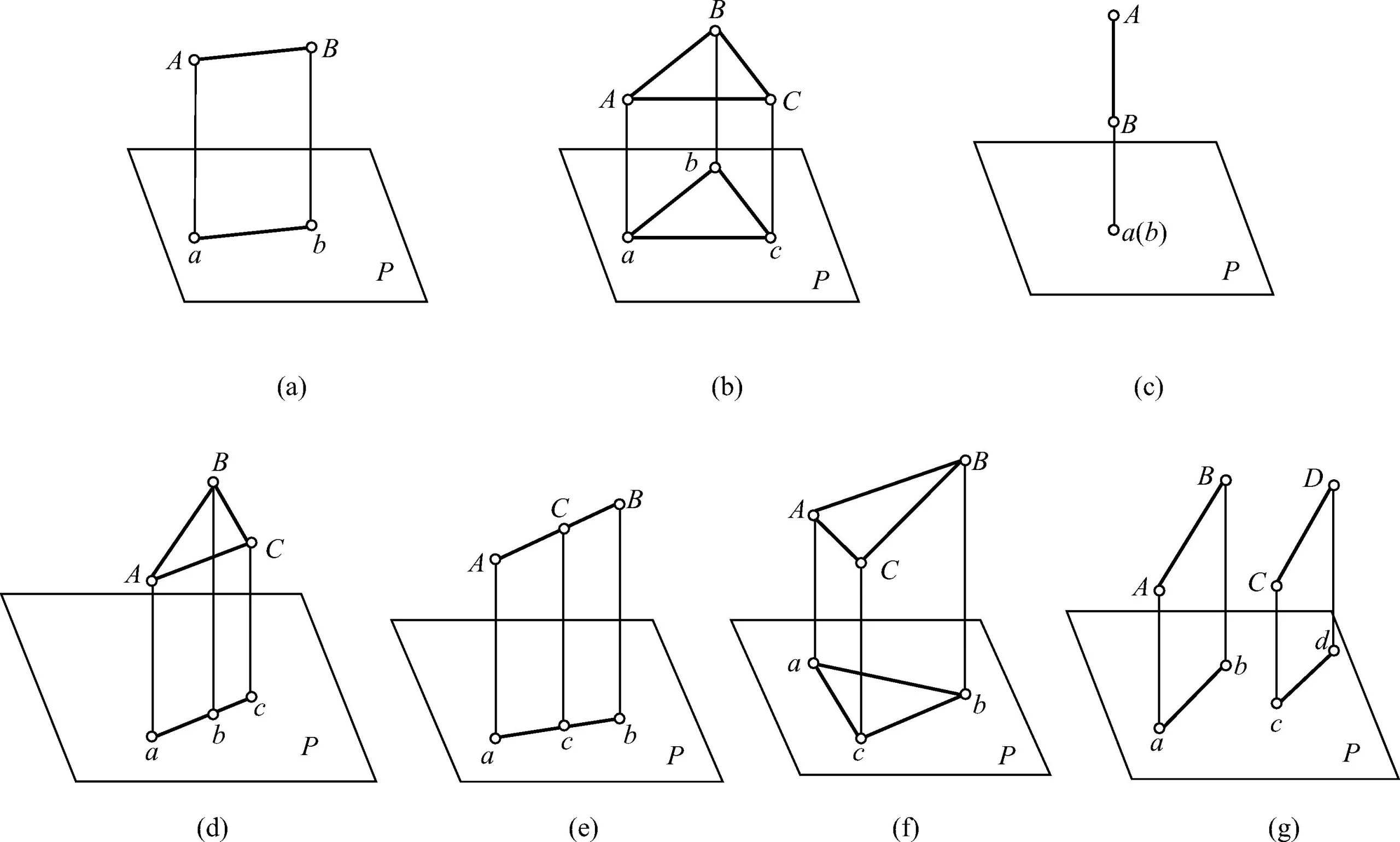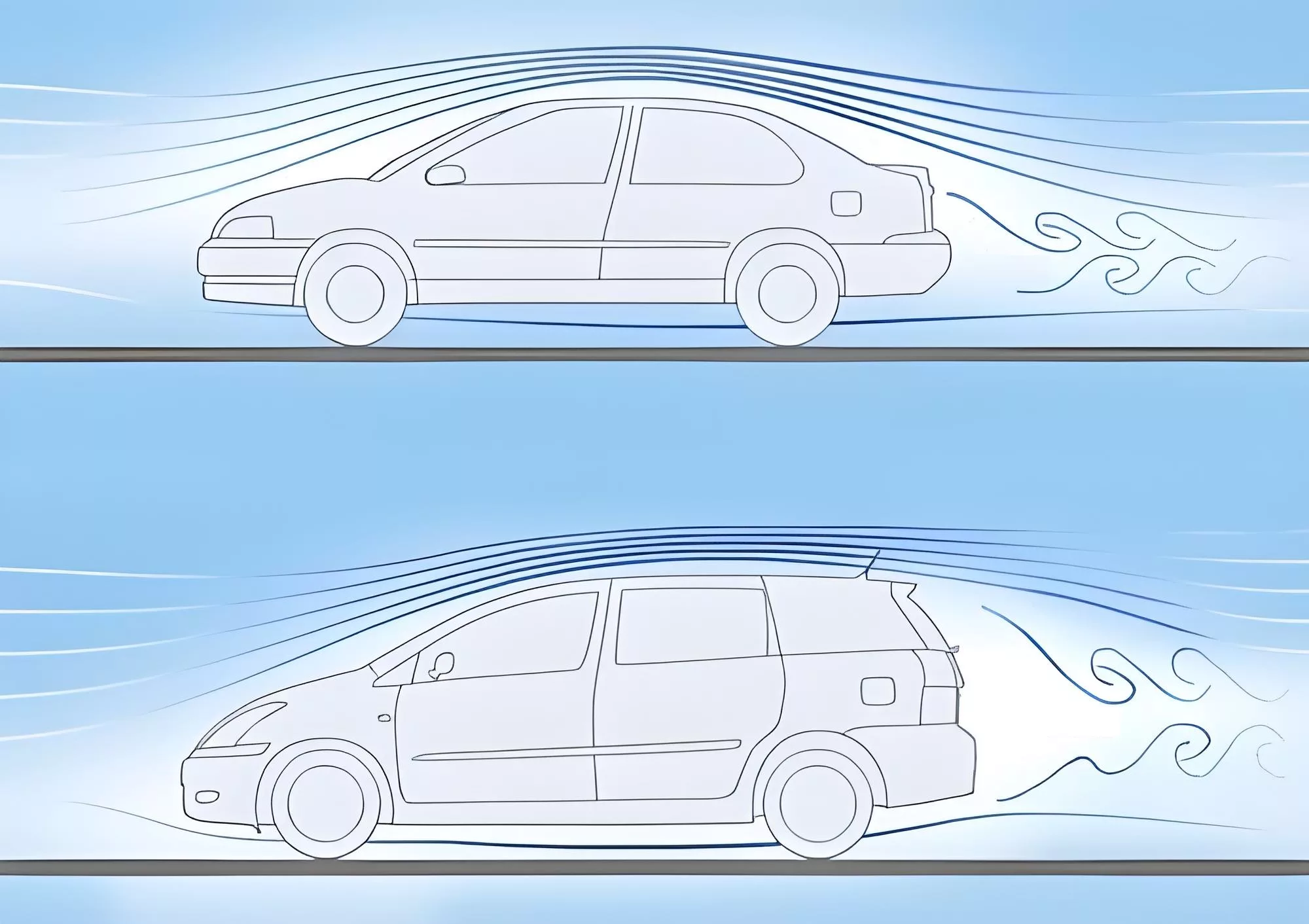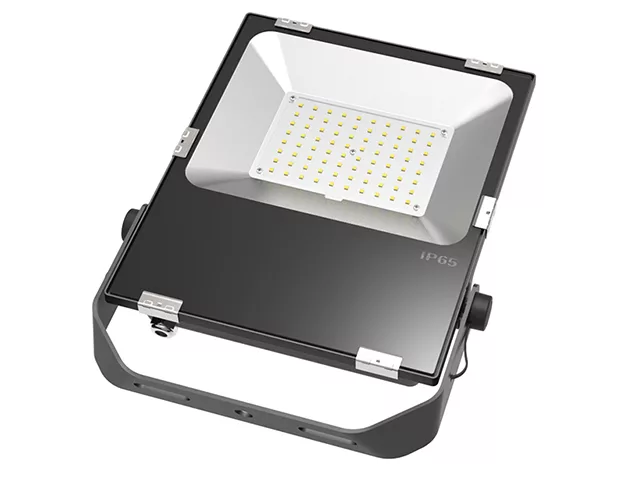When selecting flood light for outdoor use, particularly in windy locations, it’s important to consider the Effective Projected Area rate to ensure the floodlight are suitable for the environment where they will be installed. Manufacturers typically provide the EPA rating or the necessary information to calculate it, allowing specifiers and installers to make informed decisions about the safety and suitability of the flood light for a given application.
The Effective Projected Area (EPA) of a flood light refers to the measure of the fixture’s cross-sectional area that is exposed to the wind, as if it were projected onto a two-dimensional plane. This concept is crucial in determining the structural requirements and safety considerations for mounting outdoor flood lights, particularly in areas where wind forces can be significant.
The EPA is calculated using the following formula:
EPA=Frontal Projected Area (FPA)×Drag Coefficient (DC)
Explanation of nouns:
Frontal Projected Area (FPA): This is the maximum cross-sectional area of the flood light and its mounting as installed. It is the area that the wind can “see” head-on and is typically measured in square feet or square meters.

Drag Coefficient (DC): This is a dimensionless number that represents the fixture’s resistance to airflow. It accounts for the shape of the flood light and how much drag it will produce when exposed to wind. The drag coefficient is determined experimentally, often through wind tunnel testing, and can vary based on the shape of the object.

As an example, let’s consider a floodlight with an FPA of 0.25 ㎡ and a DC of 1.2 (which is a typical value for a flat plate but can vary based on the actual shape of the floodlight). The EPA would be:
EPA=0.25㎡×1.2=0.3㎡
How much EPA rate for flood light is good?
The determination of what constitutes a “good” Effective Projected Area (EPA) rate for a floodlight depends on various factors, including the specific environmental conditions of the installation site and the structural integrity required to ensure the floodlight’s stability and safety. There isn’t a one-size-fits-all answer, but the EPA must be adequate to handle the expected wind loads and other environmental factors.
The Effective Projected Area (EPA) rate for an outdoor floodlight is a specific value that is calculated or provided by the manufacturer, based on the floodlight’s design and the environmental conditions it will face. If the floodlight is designed and manufactured with an EPA of 0.3 m², it implies that it should be suitable for a certain range of wind conditions and mounting heights.
Here’s how the EPA is generally used and what factors influence it:
- Wind Loads: The EPA is calculated by multiplying the wind pressure (which depends on local wind speeds and gust factors) by the frontal area of the floodlight that’s exposed to the wind. Different regions will have different wind load requirements based on climate and geography.
- LED Fixture Design: The shape and size of the floodlight impact its EPA. A larger floodlight or one with a shape that presents more resistance to airflow will have a higher EPA.
- Mounting Height: The height at which the floodlight is mounted can affect the wind forces it experiences. Higher installations are typically subject to stronger winds, which means they may require a higher EPA to ensure stability.
- Regulations and Standards: Compliance with local building codes and standards, such as those from the American Association of State Highway and Transportation Officials (AASHTO) or the Canadian Standards Association (CSA), is crucial. These standards provide guidelines on how to calculate the EPA and the structural support needed.
- Worst-Case Scenarios: Manufacturers often calculate the EPA for worst-case scenarios to ensure the floodlight can handle the most extreme conditions it might encounter.
- Installation Specifics: The EPA can vary based on the specific installation, including whether the floodlight is mounted on a pole, a building, or another structure.
When selecting floodlights for outdoor use, it’s advisable to consult with lighting professionals or follow guidelines from reputable sources, such as those outlined in safety standards, to determine the appropriate EPA for a given application. This ensures that the floodlight is not only bright and energy-efficient but also safe and durable in the intended outdoor environment.
The EPA is important because it helps to:
Determine the mounting requirements for a flood light to ensure it can withstand the expected wind loads. Assess the safety of the flood light installation, particularly in areas prone to high winds or storms. Guide the design of flood lights to minimize wind resistance and potential for damage. Flood lights with a higher EPA will experience greater wind forces and thus require more robust mounting solutions and possibly heavier or more aerodynamically designed fixtures to ensure they remain secure and functional under windy conditions.








